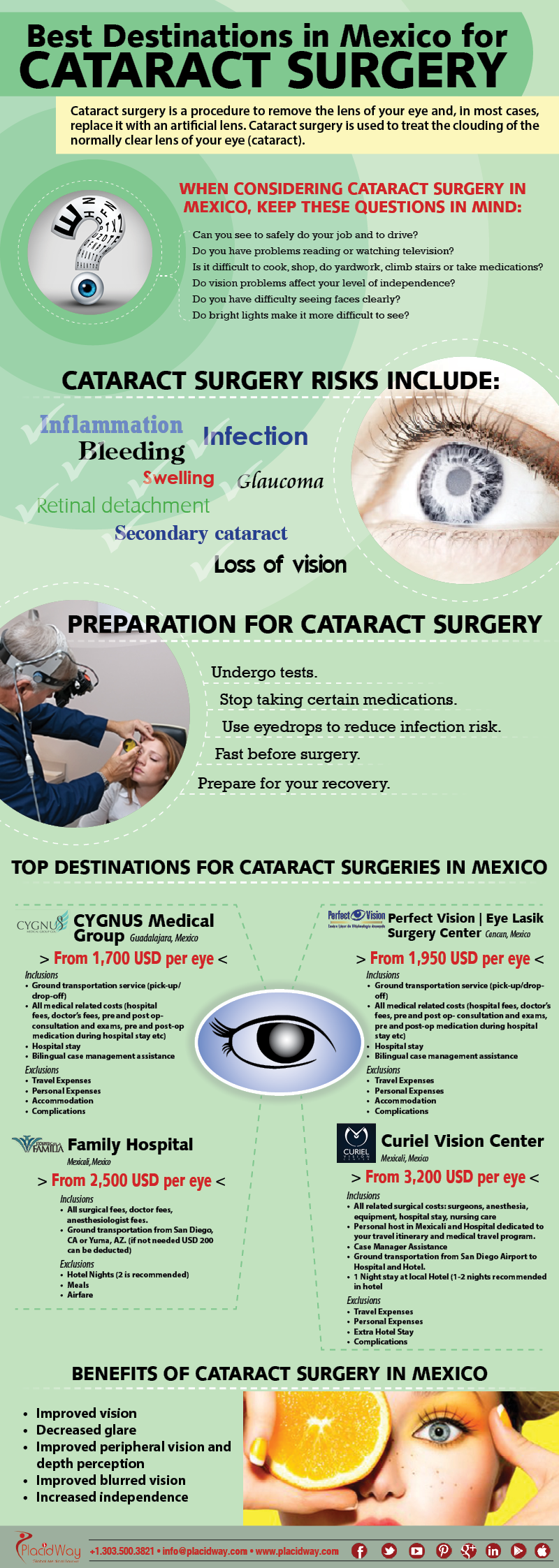Check Out An Intriguing Trip Tracing The Growth Of Cataract Surgery Methods That Are Revolutionizing The Outlook Of Eye Health Care
Check Out An Intriguing Trip Tracing The Growth Of Cataract Surgery Methods That Are Revolutionizing The Outlook Of Eye Health Care
Blog Article
Article Produced By-Cullen Maynard
As you check out the advancement of sophisticated cataract surgical procedure methods, you'll witness a trip noted by resourcefulness and precision. From ancient methods that paved the way for modern technologies to advanced innovations that are reinventing the field, the thorough introduction of cataract surgical procedure strategies is a testimony to human development and dedication to enhancing client outcomes. The detailed interaction between historical techniques and futuristic advancements creates an intriguing story that clarifies the development of among the most typical surgical procedures worldwide.
Historical Methods and Technologies
Discover exactly how very early doctors revolutionized cataract therapy by utilizing cutting-edge techniques and tools. In the past, cataract surgical procedure was a dangerous and painful treatment. Nevertheless, ancient Indian medical professionals were among the first to attempt surgical treatments for cataracts, utilizing a strategy called 'couching' where a sharp tool was made use of to push the cataract back into the eye. This technique, though crude by today's standards, laid the groundwork for future developments in cataract surgery.
As time progressed, Arab doctors made considerable payments by establishing specialized needles for cataract removal. These needles were utilized to puncture the cataract and then remove it from the eye, noting a considerable renovation in surgical precision.
Later, in the 18th century, the French doctor Jacques Daviel pioneered the strategy of extracapsular cataract extraction, where the entire lens was eliminated intact through a larger incision. This noted a significant improvement in cataract surgical treatment strategies, leading the way for the modern procedures we utilize today.
Modern Surgical Approaches
Early techniques in cataract surgical treatment have actually progressed considerably, causing the advancement of modern medical approaches that prioritize precision and boosted client results. Modern cataract surgery currently typically includes a procedure called phacoemulsification, where an ultrasonic device separate the cataract for elimination via a little laceration. This method permits quicker healing and reduces the danger of problems contrasted to older methods.
In addition, using advanced intraocular lenses (IOLs) has revolutionized cataract surgical treatment end results. These lenses can deal with not only the cataract however additionally other refractive errors like astigmatism, lowering the requirement for glasses post-surgery.
Surgeons today also have access to sophisticated imaging modern technologies that help in exact preoperative preparation and intraoperative decision-making. https://collegian.com/2018/04/rampage-whitewater-kayaking-adventure/ (OCT) and various other imaging modalities give thorough photos of the eye's structures, allowing for a more personalized method per person's surgical procedure. With https://lasikpricerange17395.tusblogos.com/29273834/is-smile-eye-surgical-procedure-suitable-for-you-key-insights-and-considerations-to-reflect-on , contemporary cataract surgery strategies continue to boost, using people safer treatments and far better visual outcomes.
Emerging Technologies in Cataract Surgical Procedure
With innovations in innovation revolutionizing the field, cataract surgical treatment is seeing the combination of innovative methods for improved client outcomes. Emerging modern technologies in cataract surgical treatment are reshaping the landscape of sensory treatments. One such innovation is femtosecond laser modern technology, which permits exact corneal lacerations, capsulotomies, and lens fragmentation, causing improved surgical precision and end results.
Furthermore, intraoperative aberrometry is gaining popularity, making it possible for real-time measurements of refractive errors during surgical treatment to boost intraocular lens power estimations and minimize postoperative refractive surprises.
In addition, using advanced imaging technologies like optical coherence tomography (OCT) and intraoperative wavefront aberrometry aids cosmetic surgeons in precise medical planning and execution. These tools provide thorough physiological details and help tailor surgical approaches for each and every patient's special eye qualities.
Furthermore, developments in artificial intelligence are being checked out to aid in preoperative planning, intraoperative decision-making, and postoperative treatment, potentially enhancing medical outcomes and individual contentment. Accepting these emerging technologies in cataract surgery holds assurance for additional enhancing patient end results and making sure the proceeded development of sensory medical methods.
Conclusion
As you trip via the background of cataract surgical treatment, you witness the transformation from ancient methods to innovative modern technologies. Like a phoenix climbing from the ashes, cataract surgery has developed into a sign of hope and development.
Just as a caterpillar emerges from its cocoon as a beautiful butterfly, cataract surgery has progressed into a refined art form, offering patients clearer vision and a brighter future.
The advancement continues, beaming a light on limitless possibilities.
